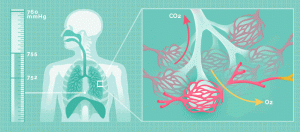
The spring is warming up, and seeing the temperature getting higher day by day, although the sun is shining, some people just can’t keep up their energy, and still feel flustered and stuffy. If they move a little, they can’t breathe…

Shortness of breath, shortness of breath, or shortness of breath, is one of the most common respiratory symptoms in clinical practice.
Shortness of breath is more likely to occur in spring
In terms of all seasons, the sympathetic excitability of people in spring is higher than in winter. This will lead to an increase in blood pressure, an increase in heart rate, an increase in the concentration of adrenocortical hormone and norepinephrine in the blood, an increase in the body’s metabolism, an increase in platelet activity, and an increase in blood viscosity, thus increasing the burden on the cardiovascular and cerebrovascular system. Oxygen consumption, leading to ischemia and hypoxia.
How to tell if you are short of breath?
Shortness of breath is a subjective feeling. Whether it can be called a symptom of a disease or not depends on the situation.
For example, if you feel breathless during exercise, it is probably normal; if you didn’t feel breathless after climbing three floors in the past, but now you have difficulty breathing while climbing the first floor, you should pay attention to it; if you feel breathless when sitting still, you must have breathlessness problem.

Shortness of breath may stem from these 5 “short boards”
The journal of the American Medical Association published a paper on the relationship between impaired heart function and dyspnea.
The results show that the cause of shortness of breath and suffocation in the elderly is not necessarily impaired heart function such as heart failure, or severe lung dysfunction, but may also be related to anemia, obesity, depression, etc.
Shortness of breath may be related to a variety of organs, most of which are due to problems with oxygen supply.
01. Respiratory dysfunction
It is more common in the elderly with chronic obstructive pulmonary disease, asthma, pneumonia, and pneumothorax. The obstruction of the large airways caused by other reasons may also make the patient feel short of breath and shortness of breath.
02. Heart disease
The main cause of shortness of breath in heart disease is heart failure. Due to impaired heart function, blood return to the heart is obstructed, and the blood reversely penetrates into the lung tissues, hindering the gas exchange in the lungs, so symptoms such as breathing difficulties appear.
03. Anemia
Red blood cells in the blood of patients with anemia have reduced oxygen-carrying capacity, so the tissues cannot get enough oxygen, which can also cause shortness of breath. Uremia patients often feel short of breath because uremia can cause anemia.
04. Obesity
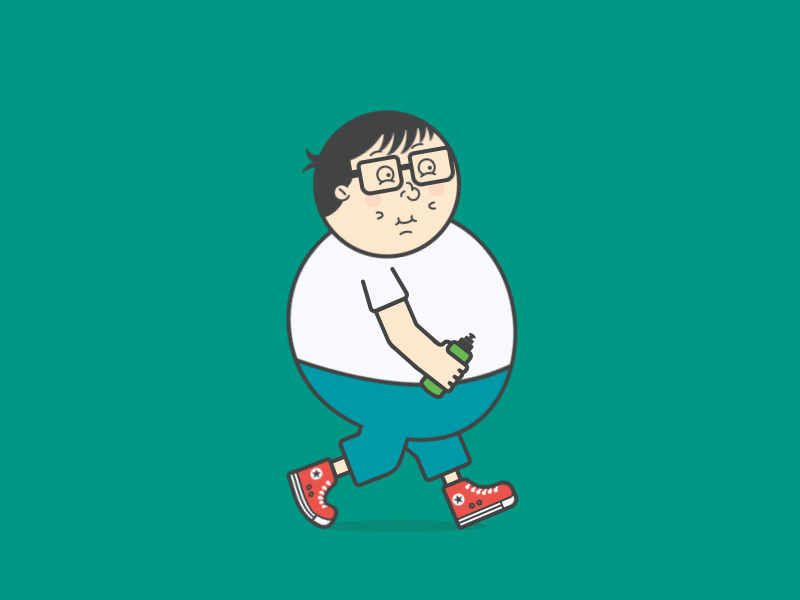
In addition to insufficient oxygen supply, excessive oxygen consumption may also cause people to breathe. One of the more typical causes is obesity.
People who are severely overweight will consume more oxygen during activities, and their activity endurance will decrease, and they will feel short of breath.
05. Depression
Depression falls into another category. Because shortness of breath is a subjective symptom, it will be affected by personal feelings and mental state.
For example, people who regularly participate in exercise are more comfortable with asthma caused by increased activity and will not feel sick; people with less activity have poor physical tolerance and are more likely to feel out of breath.
In addition, patients with depression often have symptoms such as poor sleep, early awakening, and general weakness. If the related symptoms last too long, they can also cause harm to the body and even increase the risk of cardiopulmonary disease.
5 things to “extend your breath”
The key to alleviating shortness of breath is to identify the cause and treat the disease. Different causes of shortness of breath, medication and treatment are different:
Patients with pneumonia need anti-inflammatory;
Asthma patients need to relieve bronchospasm, while taking medicine to relieve severe asthma symptoms;
Patients with heart failure should eliminate the causes of heart failure as much as possible and improve their lifestyles;
The most direct and effective way for obese people is to lose weight;
Depressed patients should seek help from a psychologist.
In addition, there are some simple exercises that can enhance lung function and “extend” breathing:
Lip-pull breath
Lip-shrinking breathing refers to the method of using your nose when inhaling, pressing your mouth when you exhale, and exhaling slowly. To improve tracheal stenosis and reduce shortness of breath.
Method: relax the muscles of the neck, shoulders, and back when inhaling, and slowly inhale through the nose; when exhaling, the lips are closed until there is a gap; the time ratio of inhalation and exhalation is 1:2, slowly Exhale to the goal of 1:4.
Abdominal breathing
Breathing is controlled by the rise and fall of the diaphragm (the muscle directly below the lungs), not just the chest movement.
Method: Lying or sitting comfortably, put one hand on the chest and the other hand above the belly button; inhale through the nose and observe how the abdomen rises, keeping the chest relatively still; puck up your lips and exhale with your mouth Qi, mobilize the lower abdominal muscles to push the air out. Practice 3 to 4 times a day for 10 minutes each time.
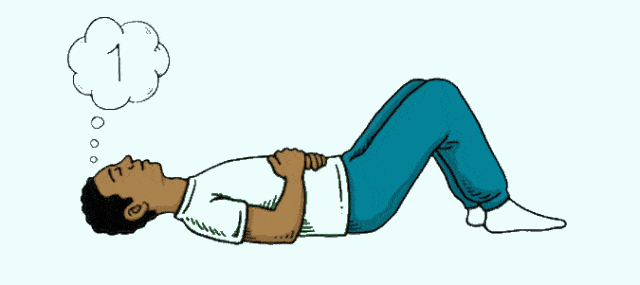
In addition to the body’s own reasons, sitting for a long time watching computers and mobile phones, chest and back cannot stretch, breathing becomes short and shallow, fresh air cannot be fully absorbed by the body, making people emotionally anxious, mental stress increases, and it is difficult to maintain sober mind.
The following set of stretching exercises is simple and easy to learn. You may wish to take time to do it after sitting for a long time.
Stretch the shoulders
Cross your hands and fingers in front of you and raise them to your shoulders; exhale, arch your back and stretch your arms forward; inhale, return your hands to your chest, repeat several times.
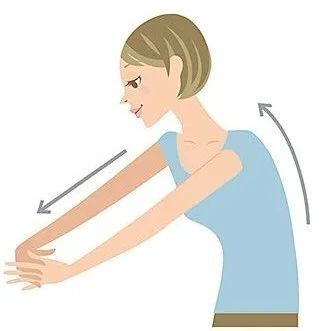
Stretch the chest
Cross the fingers of your hands behind your back; exhale, straighten your chest, extend your arms back; when you inhale, return your hands to your waist and repeat several times.
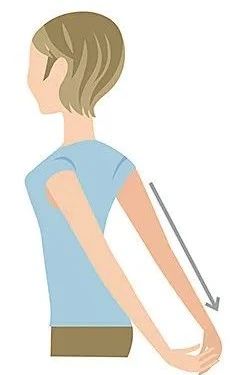
Stretch
Raise your hands and cross your head; when exhaling, put your arms close to your ears and stretch upwards for a few seconds; when you inhale, lower your hands slowly; then raise your hands and cross them, exhale while leaning to one side, and hold for a few seconds Pour to the other side and repeat several times.
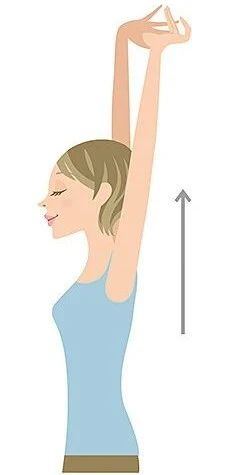
Reminder: When you find that you have obvious shortness of breath, you should first go to the respiratory department or cardiology department. The doctor will differentiate and diagnose the cause based on the individual’s physical condition, such as whether he has a heart or lung underlying disease.
Comments